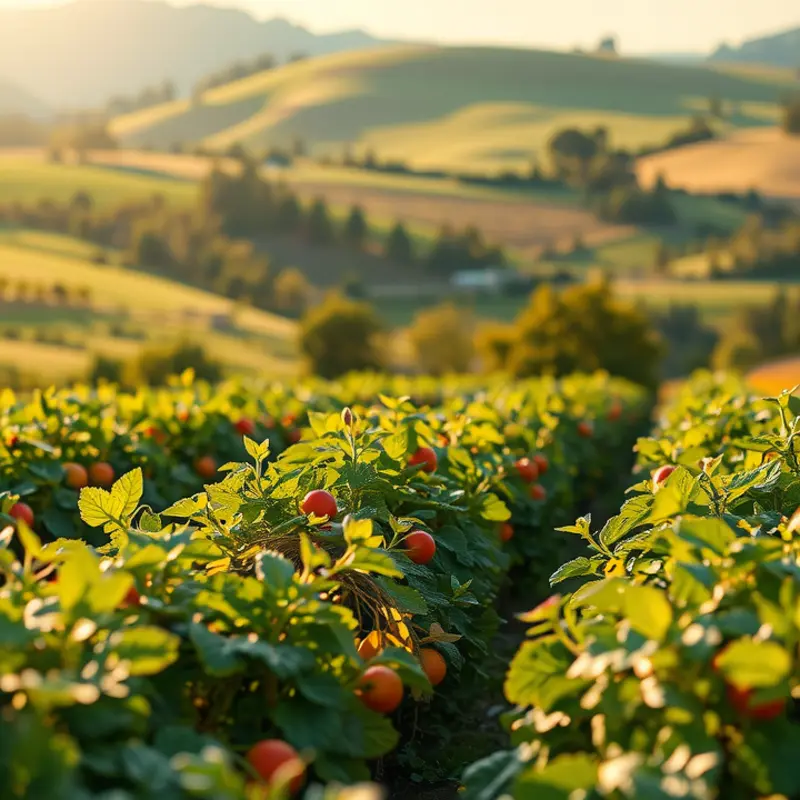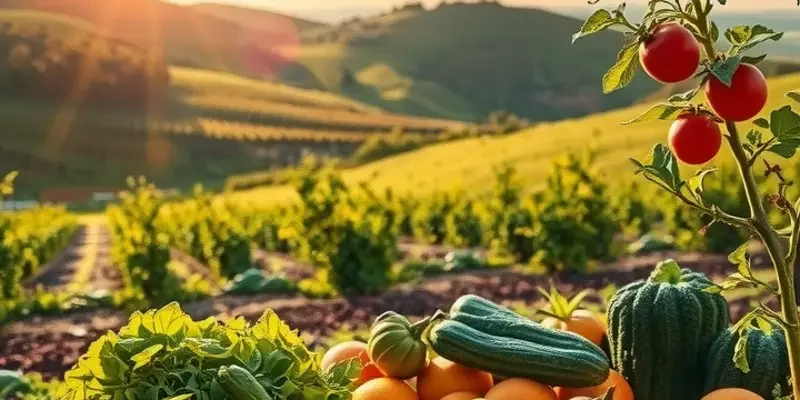Leftovers often offer a wealth of flavors and resources waiting to be transformed into new meals. By applying safe and efficient methods to reuse leftovers, you can minimize food waste, save money, and enjoy fresh dishes every day. Whether it’s figuring out the best storage techniques or exploring creative recipes, there are numerous ways to make the most out of what you already have. Let’s delve into effective strategies for managing your food resources wisely.
Essential Storage Techniques for Leftovers

Proper storage of leftovers can greatly extend their shelf life and ensure their safety for consumption. Utilizing suitable storage techniques helps maintain the quality, texture, and flavor of the food. Here, we’ll explore some of the most effective methods for keeping your leftovers fresh and edible.
Choose the Right Containers
The type of container you use can make a significant difference in how well your leftovers are preserved. Opt for airtight containers to prevent exposure to air that can cause food to spoil more quickly. Glass or food-grade plastic containers are ideal as they are durable and can prevent chemical leaching. For those seeking an eco-friendlier option, look for reusable silicone bags that can be sealed tightly.
Use Proper Wrapping Materials
For items that must be wrapped, ensure you use materials that provide a good seal. Aluminum foil and plastic wrap are common options, but beeswax wraps offer a sustainable alternative. Proper wrapping not only keeps odors contained but also prevents contamination from other foods in your fridge.
Cooling Before Storing
One crucial step before storing leftovers is to allow them to cool down. Placing hot food directly in the fridge can increase the temperature inside, affecting other perishables. Let your leftovers cool to room temperature before transferring them into containers. However, avoid leaving food out for more than two hours to prevent bacterial growth.
Label and Date Everything
It’s easy to forget what you stored a few days ago. Labeling each container with the contents and date of storage ensures you can prioritize consumption within safe time frames. This practice can also minimize food waste, as you’ll be more likely to eat items before they spoil.
Group Foods Strategically
Organizing your fridge efficiently can help extend the life of your leftovers. Store similar items together and keep ready-to-eat foods at the front for easy access. This reduces the time the fridge door stays open, minimizing temperature fluctuations. If you’re interested in more eco-smart storage tips, consider reviewing this guide on eco-friendly kitchen storage.
Freezing Wisely
For items you won’t consume within the next day or two, freezing is a great option. When freezing leftovers, ensure that they’re stored in airtight containers or freezer-safe bags to prevent freezer burn. It’s also advisable to store smaller portions, which helps with quicker reheating and reduction of waste.
Use the FIFO Method
First In, First Out (FIFO) is an inventory method that ensures you’re consuming older items before newer ones. Apply this system to your leftovers by keeping the oldest items at the front. This strategy is straightforward yet highly effective in minimizing spoilage.
By integrating these storage techniques into your routine, you can enjoy fresher, safer leftovers and contribute to significant reductions in food waste.
Creative Ways to Transform Leftovers into New Meals

Turning leftovers into delightful new meals can be as satisfying as it is resourceful. Transforming yesterday’s dinner into a creative dish doesn’t just minimize waste; it rejuvenates your mealtime routine. Here are a few inventive recipes and strategies to help you revitalize your leftovers while ensuring food safety.
1. Rice Reinvention: Leftover rice is an incredibly versatile ingredient. Transform it into a delicious fried rice by adding chopped vegetables, a scrambled egg, and a splash of soy sauce. For an aromatic touch, toss in some freshly grated ginger and garlic. Try exploring different global flavors by adding spices or sauces characteristic of other cuisines, such as curry powder for an Indian twist.
2. Soup and Stew Solutions: Soups are forgiving canvases for leftover vegetables, meats, or grains. Finely chop leftover cooked veggies and add them to a simmering broth to create a robust vegetable soup. Use leftover roast chicken to whip up a comforting chicken noodle soup. Throw in some herbs like thyme or rosemary to refresh the existing flavors.
3. Pasta Possibilities: Last night’s spaghetti can become the base for a creamy baked pasta dish. Combine your cooked pasta with a mix of eggs and cheese, pour it into a baking dish, and sprinkle with breadcrumbs for a crunchy top layer. Add any cooked vegetables or proteins scattered throughout your fridge before baking until bubbly and golden.
4. Sandwich Success: Transform leftover protein like grilled chicken, beef, or tofu into a lunchtime delight. Shred or thinly slice the protein, then pair it with fresh greens and a flavorful spread in a wrap or sandwich. Consider spreads like hummus, pesto, or an avocado smash to add a zesty kick.
5. Stir-Fry Transformations: Stir-fries are ideal for breathing new life into leftover veggies and proteins. Heat some oil in a pan, add your leftovers alongside a quick sauce of soy, ginger, and sesame oil, and toss everything until heated through. For an added nutritional boost, consider incorporating some nuts or seeds.
6. Breakfast Bliss: Breakfast hash is a great way to use up leftover potatoes or vegetables. Dice everything into similar-sized pieces, and fry them until crispy and golden. Top with a poached or fried egg for a simple yet satisfying breakfast.
When transforming leftovers, prioritize food safety. Ensure leftovers are stored in airtight containers and refrigerated promptly. Reheat only the portion needed to avoid repeated cooling and heating cycles, which can lead to bacterial growth.
For more detailed tips on minimizing food waste while cooking, visit this guide on low-waste cooking prep. Enjoy the creative process and the opportunity to engage with your food in novel ways!
Final words
By implementing safe storage techniques and creatively reimagining your leftover meals, you can not only enhance your culinary skills but also significantly reduce food waste. Each method discussed—whether it’s storing leftover rice in airtight containers or reinventing roast chicken into flavorful soups—serves to make your cooking practices more sustainable. Furthermore, embracing these practices allows you to enjoy varied meals without having to start from scratch every day. Make the effort to be resourceful in the kitchen; your wallet, your taste buds, and the environment will thank you.







